Picture this: a thousand-pound animal launching itself through space with such perfect coordination that all four hooves leave the ground simultaneously. The galloping horse represents one of nature’s most spectacular displays of biomechanical precision, yet beneath this graceful exterior lies a symphony of anatomical chaos that would make even the most sophisticated engineer marvel. Every stride unleashes a cascade of physiological events so complex and interdependent that scientists are still unraveling the mysteries of equine locomotion today.
The Explosive Power of Hindquarter Propulsion
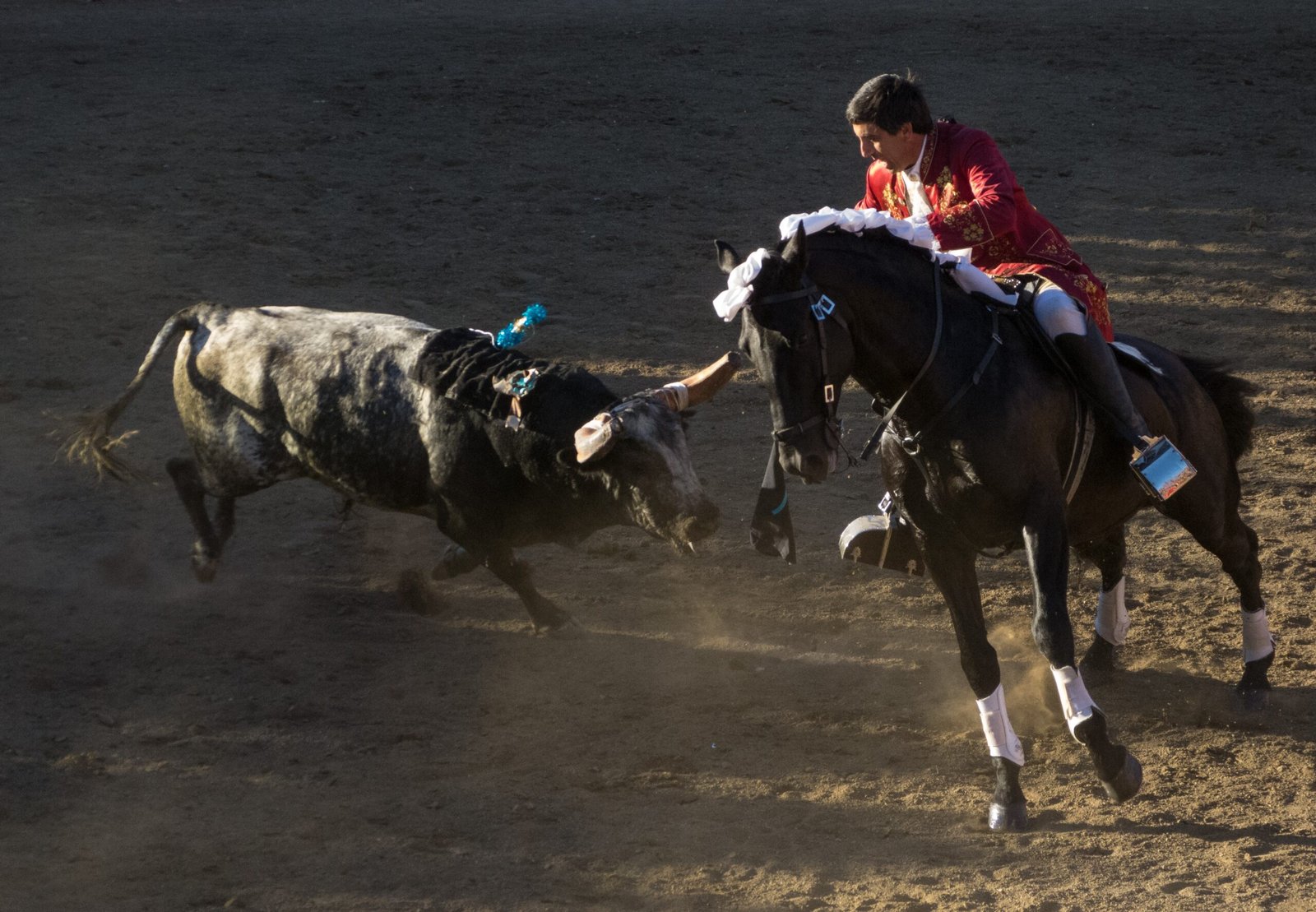
The horse’s hindquarters serve as the biological equivalent of a rocket engine, generating explosive force that propels nearly half a ton of living muscle and bone forward with breathtaking efficiency. The gluteal muscles alone can produce forces exceeding 1,200 pounds per square inch during peak galloping phases. This incredible power originates from the horse’s unique pelvic structure, which acts like a massive lever system.
The sacroiliac joint, where the spine meets the pelvis, must withstand tremendous compression forces while maintaining flexibility for the complex spinal undulations required during galloping. Research has shown that the horse’s pelvis rotates up to 35 degrees during each stride cycle, creating a whip-like motion that amplifies the power generated by the hindlimb muscles. This rotation happens so rapidly that high-speed cameras capturing 1,000 frames per second can barely document the full range of motion.
The Cardiovascular Marathon Within Each Stride
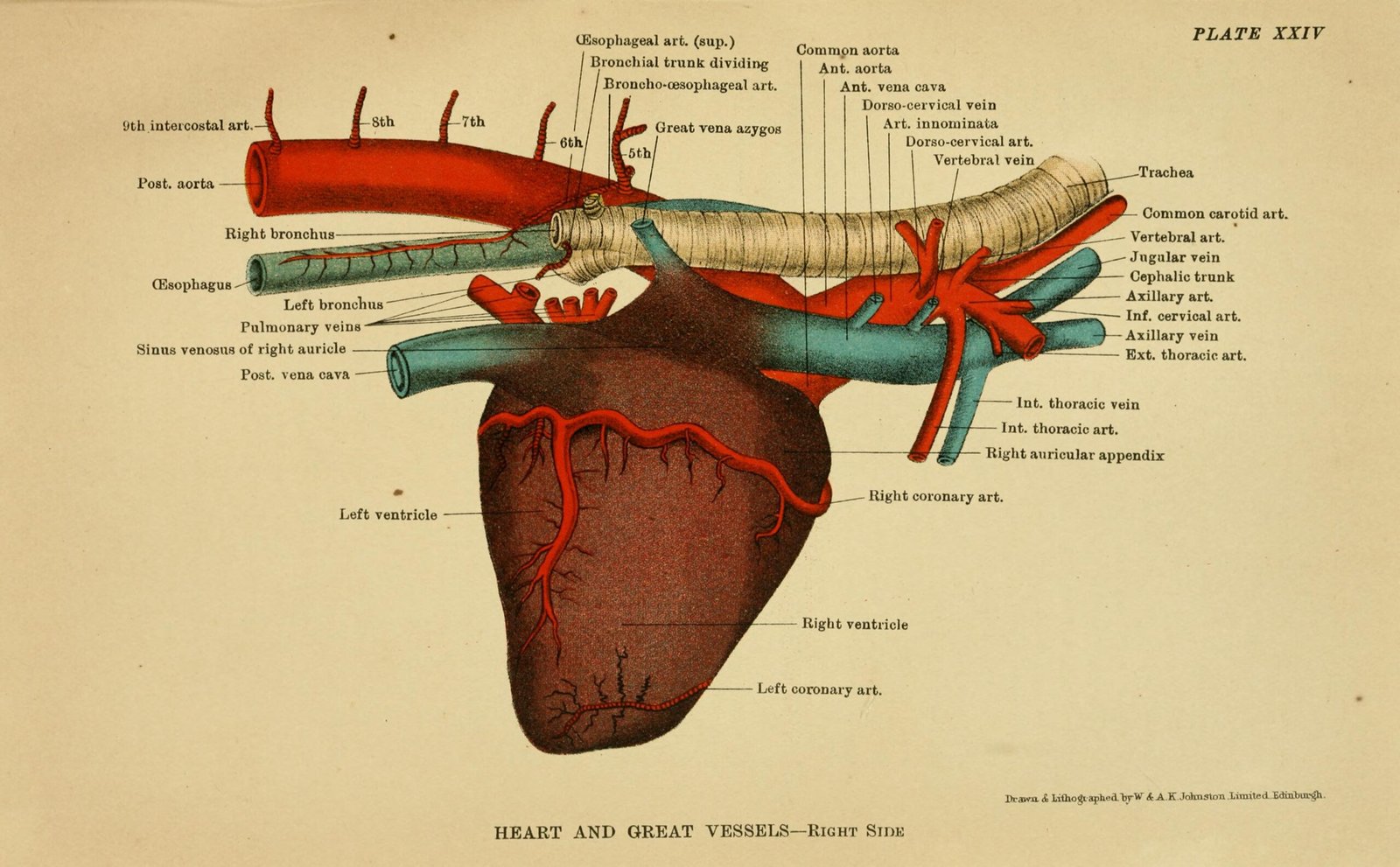
During a full gallop, a horse’s heart transforms into a biological turbine, pumping up to 70 gallons of blood per minute through a circulatory system that would stretch over 100,000 miles if laid end to end. The heart rate can skyrocket from a resting 28 beats per minute to an astounding 240 beats per minute in less than 30 seconds. This cardiovascular acceleration creates pressures that would rupture human blood vessels, yet the horse’s system handles these extremes with remarkable resilience.
The spleen acts as a biological blood bank, contracting to release up to 12 liters of concentrated red blood cells into circulation when oxygen demand peaks. This emergency oxygen delivery system increases the horse’s oxygen-carrying capacity by nearly 30% during intense galloping sessions. The arterial system dilates and constricts in millisecond intervals, directing blood flow to the muscles that need it most while maintaining adequate circulation to vital organs.
Respiratory Chaos: The Bellows of Speed
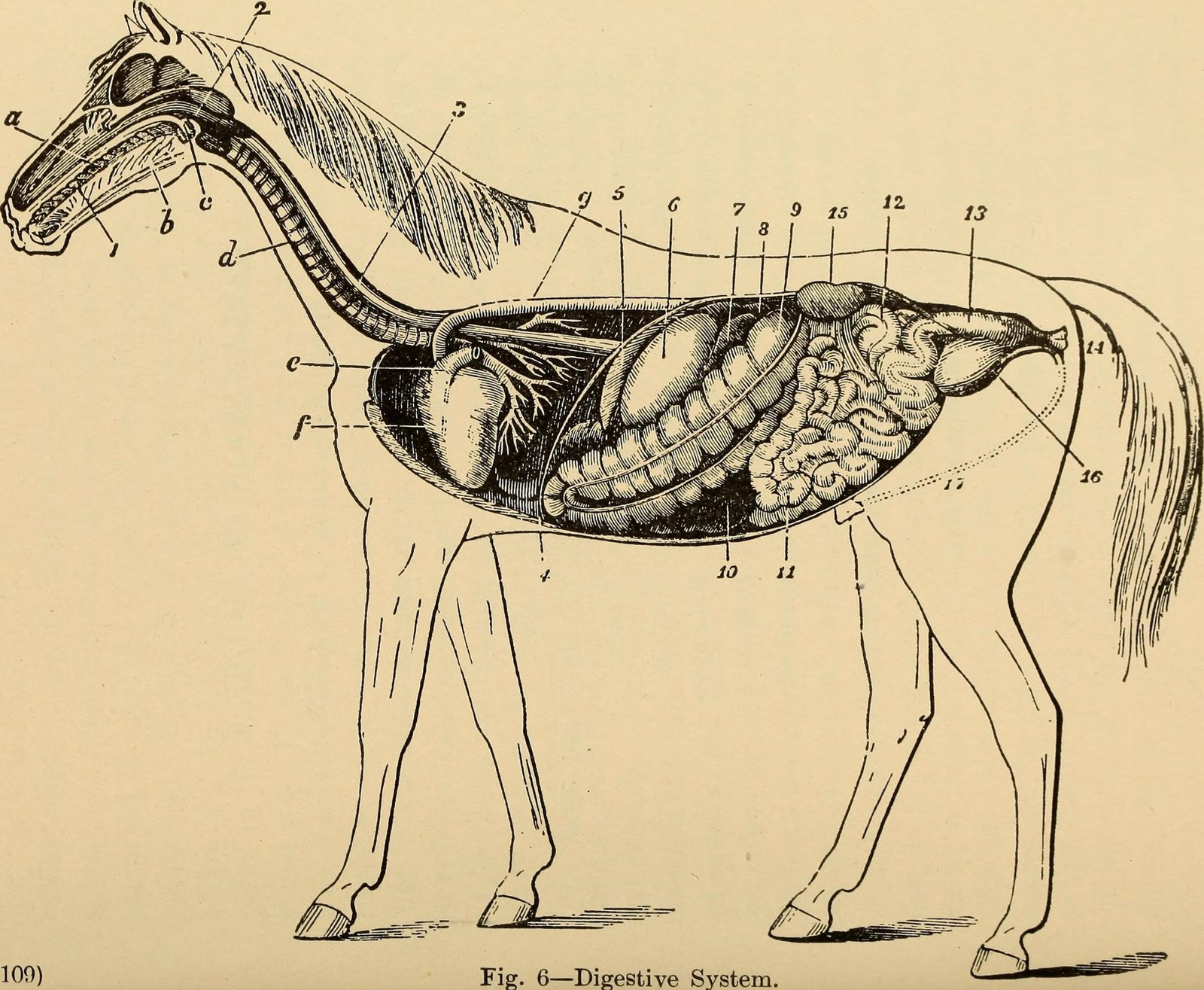
The galloping horse’s respiratory system operates like a high-performance bellows, synchronized with the stride rhythm in a phenomenon called locomotor-respiratory coupling. During each gallop stride, the horse inhales and exhales exactly once, creating a mechanical breathing pattern that maximizes oxygen intake while minimizing energy expenditure. The diaphragm moves like a massive piston, displacing up to 15 liters of air with each breath.
The nostrils dilate to nearly twice their resting size, creating turbulent airflow patterns that help cool the incoming air while maximizing oxygen extraction. Internal nasal structures create a complex maze of air passages that warm, humidify, and filter the massive volumes of air rushing through the system. The larynx must remain stable despite the violent up-and-down motion of the head, preventing the collapse of airways that could prove fatal during intense exertion.
The Biomechanical Pendulum of the Neck

The horse’s neck functions as a dynamic counterbalance system, weighing approximately 10% of the animal’s total body weight and extending nearly 8 feet from poll to chest. During galloping, the neck swings through an arc of up to 60 degrees, creating momentum that helps propel the horse forward while maintaining balance. This pendulum motion generates forces that can exceed 500 pounds at the base of the neck.
The cervical vertebrae must withstand enormous compression and tension forces while maintaining the flexibility needed for the characteristic head-pumping motion of the gallop. Each vertebra articulates with its neighbors through complex joint systems that allow for multi-directional movement while preventing catastrophic injury. The nuchal ligament, a massive elastic structure running along the top of the neck, stores and releases energy like a biological spring with each stride cycle.
Limb Coordination: The Four-Beat Symphony

The galloping horse’s limbs operate in a carefully orchestrated four-beat rhythm, with each leg striking the ground at precisely timed intervals measured in fractions of seconds. The sequence typically follows a pattern of left hind, right hind, left front, and right front, creating a rolling wave of contact that maximizes forward momentum while minimizing the jarring impact of ground contact. This timing requires split-second coordination between the brain, nervous system, and hundreds of individual muscles.
Each limb must independently adjust to variations in terrain, ground firmness, and stride length while maintaining the overall galloping rhythm. The horse’s proprioceptive system processes thousands of sensory inputs per second, making microscopic adjustments to joint angles, muscle tension, and limb positioning. A single mistimed step can result in catastrophic injury, yet horses navigate this complex coordination challenge with remarkable consistency across varied terrain and conditions.
The Structural Engineering of Equine Bones
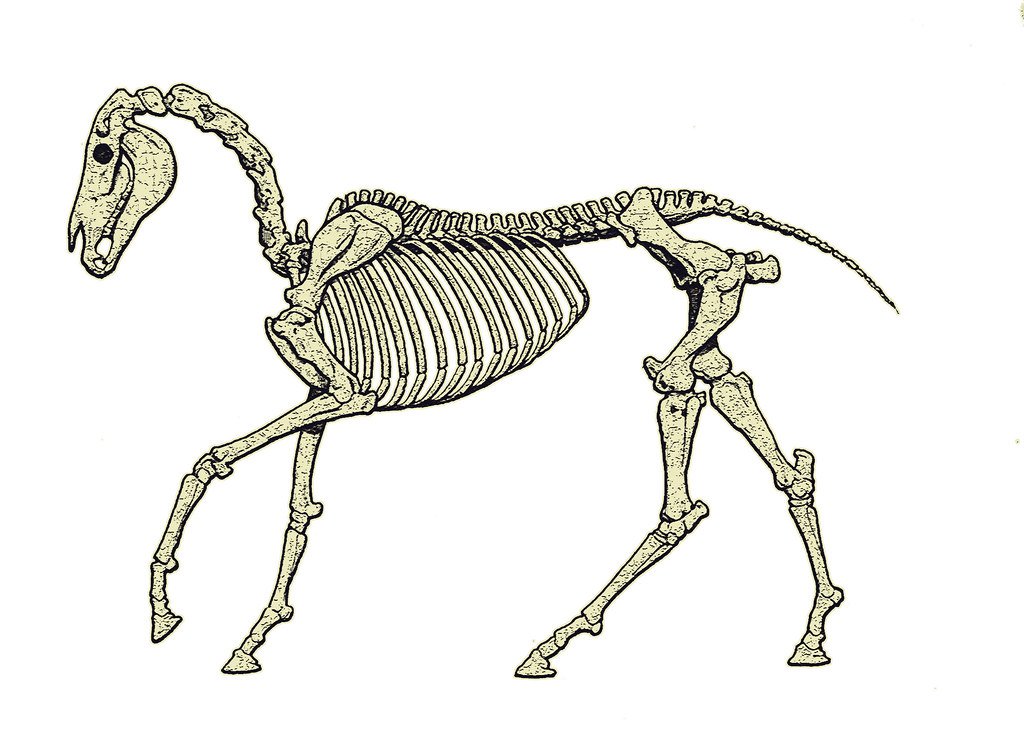
The horse’s skeletal system represents a masterpiece of biological engineering, with bones that are simultaneously lightweight and incredibly strong. The cannon bone in the front leg, no thicker than a human’s wrist, must support forces exceeding 2,500 pounds during each galloping stride. These bones achieve their strength through a complex internal architecture of trabeculae—tiny struts and supports that distribute stress throughout the bone structure.
The bone density in a horse’s legs is nearly 40% higher than in equivalent human bones, achieved through a unique mineral composition that includes calcium phosphate crystals arranged in precise geometric patterns. During galloping, these bones actually bend and flex slightly, storing and releasing energy like organic springs. The periosteum, the outer membrane covering each bone, contains thousands of stress sensors that continuously monitor bone health and trigger remodeling processes when necessary.
Tendon Elasticity: Nature’s Shock Absorbers

The tendons in a horse’s legs function as biological shock absorbers, capable of stretching up to 15% of their resting length without permanent damage. The superficial digital flexor tendon, running down the back of the leg, can store and release energy equivalent to lifting a 200-pound weight three feet off the ground with each stride. This elastic energy storage system reduces the metabolic cost of galloping by up to 30% compared to what would be required with rigid limb structures.
Tendon fibers are composed of collagen molecules arranged in parallel bundles, creating a structure that is both incredibly strong and remarkably flexible. The cross-sectional area of major tendons can double during peak loading phases, distributing stress across a larger surface area to prevent rupture. Blood flow to tendons increases by over 400% during galloping, delivering nutrients and removing metabolic waste products from these heavily worked structures.
The Nervous System’s Lightning-Fast Reactions
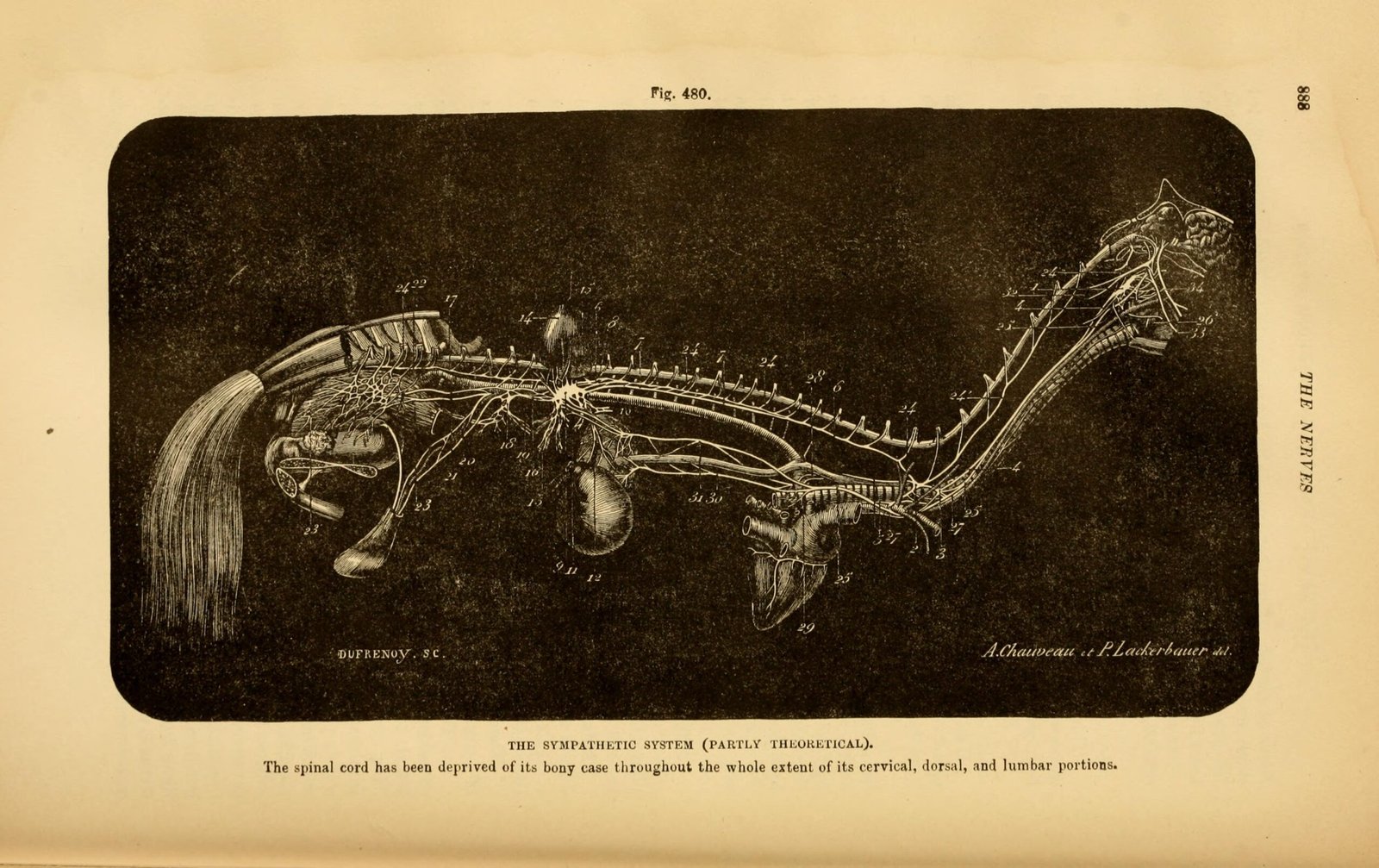
The horse’s nervous system operates at speeds that challenge our understanding of biological computation, processing sensory information and coordinating muscle responses in timeframes measured in milliseconds. Neural pathways from the brain to the hindlimb muscles span over 12 feet, yet nerve impulses travel this distance in less than 5 milliseconds. The spinal cord contains specialized neural circuits that can coordinate basic galloping movements without direct brain input, allowing for instantaneous responses to terrain changes.
Proprioceptors embedded throughout the horse’s body continuously monitor joint position, muscle tension, and limb orientation, sending thousands of status updates per second to the central nervous system. The cerebellum, the brain’s coordination center, processes this sensory flood while simultaneously calculating and adjusting the motor commands needed for each subsequent stride. This neural symphony operates with such precision that horses can maintain perfect galloping form even when blindfolded, relying entirely on their internal sensory systems.
Muscular Powerhouses: The Engine Room
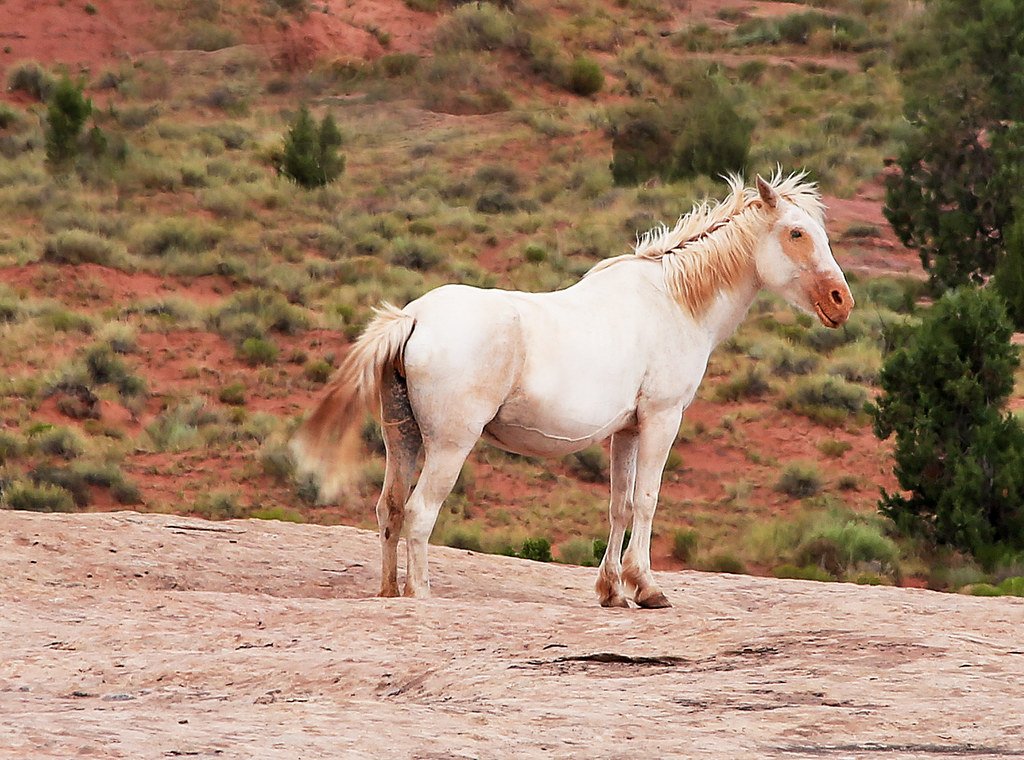
A horse’s muscular system contains over 700 individual muscles, many of which are larger and more powerful than their human counterparts. The gluteus maximus alone weighs nearly 40 pounds and can generate forces exceeding those produced by a small car engine. These muscles operate in complex chains, with some serving as prime movers while others provide stabilization and fine-tuned control.
Muscle fiber types vary dramatically throughout the horse’s body, with some specialized for explosive power and others designed for sustained endurance. The muscles of the hindquarters contain a higher percentage of fast-twitch fibers, enabling the rapid, powerful contractions needed for propulsion. During galloping, these muscles can contract and relax up to 150 times per minute, generating heat that raises the horse’s core temperature by several degrees within minutes.
The Cooling System: Temperature Regulation at Speed

A galloping horse generates heat at a rate equivalent to running 15 space heaters simultaneously, creating a thermal management challenge that would overwhelm most mammals. The horse’s cooling system relies primarily on evaporation, with sweat glands distributed across the entire body surface producing up to 4 gallons of fluid per hour during intense exercise. This cooling mechanism is so efficient that horses can maintain stable core temperatures even in ambient conditions exceeding 100°F.
The respiratory system also contributes significantly to cooling, with the massive air exchange during galloping facilitating heat loss through the lungs. Blood vessels near the skin surface dilate dramatically, creating a biological radiator system that transfers internal heat to the body surface for dissipation. The horse’s coat acts as a thermal regulator, with individual hair follicles capable of adjusting their angle to optimize heat transfer based on environmental conditions.
Balance and Proprioception: The Invisible Stabilizers
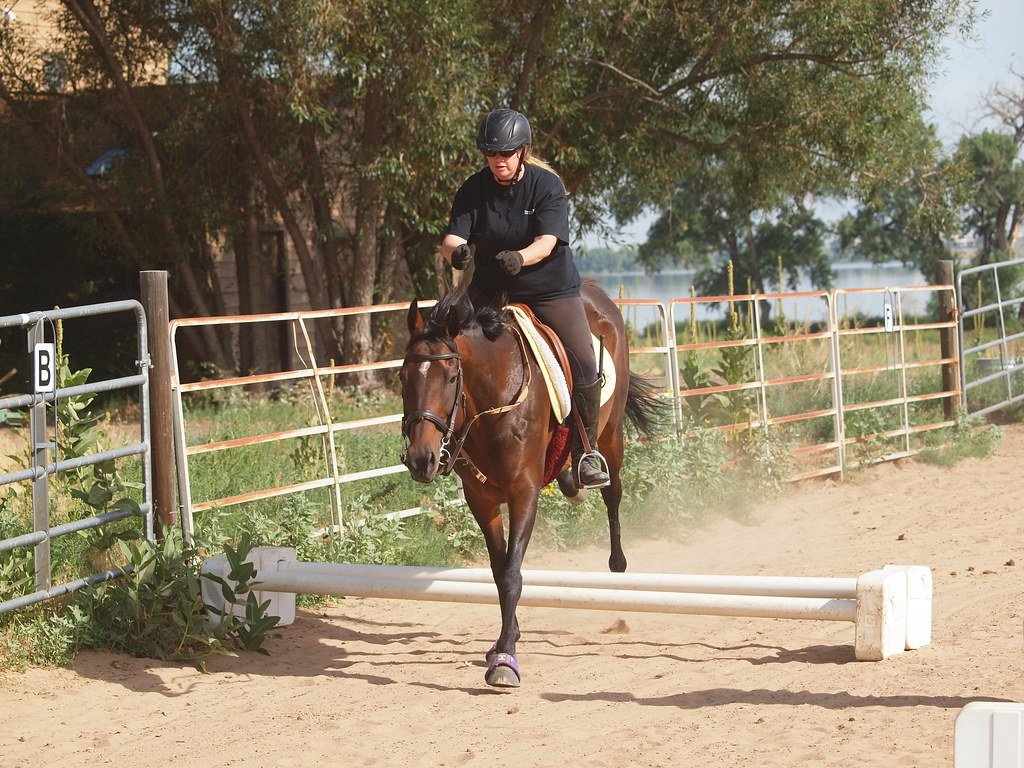
Maintaining balance while galloping requires constant micro-adjustments involving dozens of muscle groups working in perfect coordination. The horse’s inner ear contains specialized structures that detect rotational and linear acceleration, providing crucial feedback about body position and movement direction. These vestibular organs can detect changes in head position as small as 0.1 degrees, triggering corrective responses before the rider even perceives any imbalance.
The horse’s center of gravity shifts dramatically during each galloping stride, moving both vertically and horizontally as the animal’s body configuration changes. Stabilizing muscles throughout the core continuously adjust their tension to maintain balance, while the horse’s remarkable kinesthetic awareness allows it to compensate for external factors like uneven terrain or sudden direction changes. This proprioceptive system operates below the threshold of conscious awareness, making balance appear effortless despite its incredible complexity.
Metabolic Furnace: Fuel for the Fire

The galloping horse’s metabolism shifts into overdrive, consuming energy at rates that would be unsustainable for most animals. Oxygen consumption can increase by over 3,000% compared to resting levels, while the conversion of stored glycogen to usable energy accelerates dramatically. The liver works overtime to process metabolic byproducts, while the kidneys filter and excrete waste products at accelerated rates.
Different muscle groups utilize distinct energy systems, with some relying on immediate ATP stores for explosive power while others tap into aerobic metabolism for sustained performance. The horse’s digestive system continues to process food even during intense exercise, with the massive cecum serving as a fermentation chamber that produces volatile fatty acids for fuel. This metabolic flexibility allows horses to maintain high-intensity effort for extended periods, drawing energy from multiple sources simultaneously.
Hoof Mechanics: The Foundation of Speed

The horse’s hoof represents a marvel of biological engineering, functioning as a combination shock absorber, traction device, and structural foundation all in one compact package. During galloping, each hoof strikes the ground with forces exceeding 3,000 pounds per square inch, yet the internal structures distribute and absorb this impact to prevent injury. The hoof wall flexes and expands with each step, creating a pumping action that aids in circulation to the lower leg.
The frog, a V-shaped structure on the bottom of the hoof, acts as a biological shock absorber and traction device, compressing and expanding with each stride to provide grip on various surfaces. Internal structures including the digital cushion and navicular bone work together to create a sophisticated suspension system that would be impossible to replicate artificially. The hoof’s shape and size continuously adapt to the demands placed upon it, growing and reshaping based on the horse’s activity level and terrain preferences.
The Spine’s Serpentine Motion

The horse’s spine undulates like a snake during galloping, creating a wave-like motion that travels from the hindquarters forward through the neck and head. This spinal flexion and extension cycle occurs with each stride, adding several inches to the horse’s effective stride length and contributing significantly to forward momentum. The vertebrae must maintain their structural integrity while allowing for this dramatic range of motion, creating engineering challenges that nature has solved through millions of years of evolution.
Intervertebral discs serve as biological shock absorbers, compressing and expanding with each spinal undulation while maintaining the structural integrity of the spine. The surrounding muscle groups work in opposition to control this motion, with some muscles contracting to create flexion while others provide eccentric control during extension. This coordinated spinal motion requires precise timing and tremendous strength, yet it occurs automatically without conscious control from the horse.
Sensory Processing: The Information Highway

During galloping, the horse’s sensory systems operate at peak capacity, processing visual, auditory, and tactile information at rates that challenge the limits of biological computation. The eyes must track and process rapidly changing visual information while the head moves through its characteristic galloping motion, requiring constant adjustment of focus and depth perception. The horse’s peripheral vision extends nearly 340 degrees, providing crucial information about terrain and obstacles.
The sense of touch becomes critically important during galloping, with sensitive receptors in the hooves and legs providing instant feedback about ground conditions, footing quality, and surface irregularities. These tactile inputs are processed and integrated with visual information to create a comprehensive understanding of the environment. The horse’s ability to process this sensory flood while maintaining perfect coordination represents one of nature’s most impressive examples of parallel processing and real-time decision making.
Recovery and Adaptation: The Aftermath of Chaos

The recovery period following intense galloping reveals the true extent of the physiological stress placed on the horse’s body systems. Heart rate and breathing gradually return to normal levels, but the process can take 30 minutes or more depending on the intensity and duration of the exercise. During this recovery phase, the horse’s body begins the complex process of repairing microscopic damage to muscle fibers, replenishing energy stores, and clearing metabolic waste products.
The adaptation process continues for hours after the galloping session ends, with the horse’s body making physiological adjustments that will improve performance in future sessions. Bone density increases in response to the stress of impact, while muscle fibers grow stronger and more efficient. The cardiovascular system adapts by increasing stroke volume and improving oxygen delivery efficiency. These adaptations demonstrate the horse’s remarkable ability to not just survive the anatomical chaos of galloping, but to thrive and improve through the experience.
The Evolutionary Marvel Behind the Madness

The anatomical chaos of the galloping horse represents the culmination of millions of years of evolutionary refinement, with each system optimized for the specific demands of high-speed locomotion. The horse’s ancestors faced constant pressure from predators, driving the evolution of increasingly sophisticated locomotor systems that could mean the difference between life and death. Modern horses retain these ancestral adaptations, even though their survival no longer depends on outrunning predators.
The integration of all these systems into a cohesive whole represents one of evolution’s greatest achievements in biological engineering. No single system could function in isolation; instead, they work together in perfect harmony to create the spectacular display of power, grace, and coordination that we witness in the galloping horse. This evolutionary legacy continues to inspire engineers and scientists seeking to understand and replicate the principles of efficient locomotion in artificial systems.
The galloping horse embodies one of nature’s most spectacular examples of controlled chaos, where hundreds of anatomical systems work in perfect synchronization to achieve something that appears almost supernatural. From the explosive power of the hindquarters to the precise timing of neural responses, every element contributes to a biomechanical symphony that scientists are still working to fully understand. The next time you witness a horse in full gallop, remember that you’re observing millions of years of evolutionary perfection in action, a living testament to the incredible complexity and beauty of biological design. What other secrets might these magnificent animals still be hiding beneath their graceful exterior?




